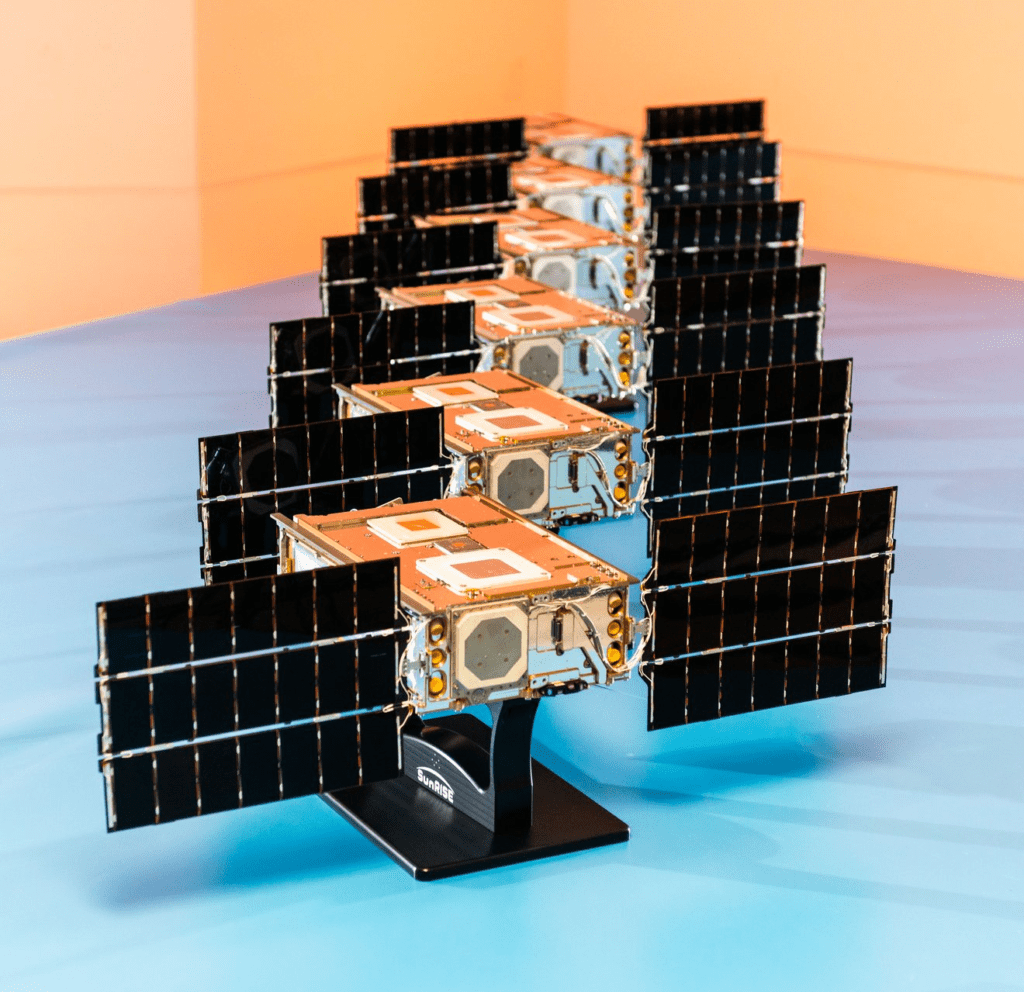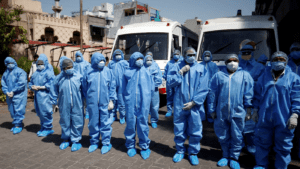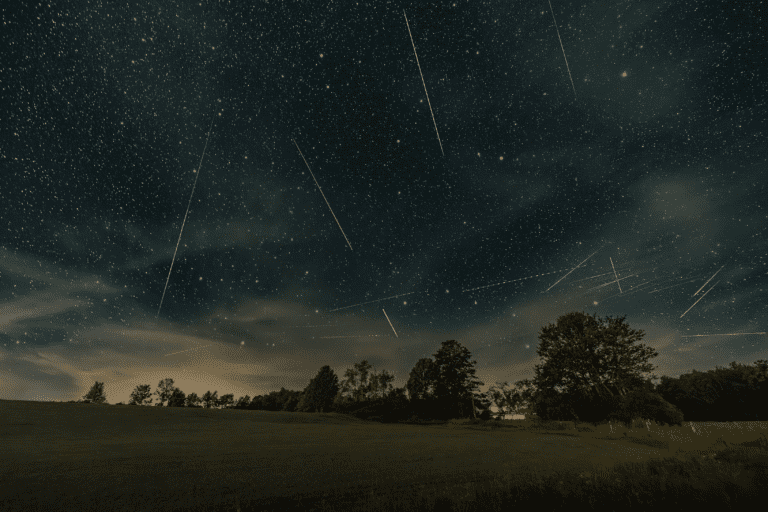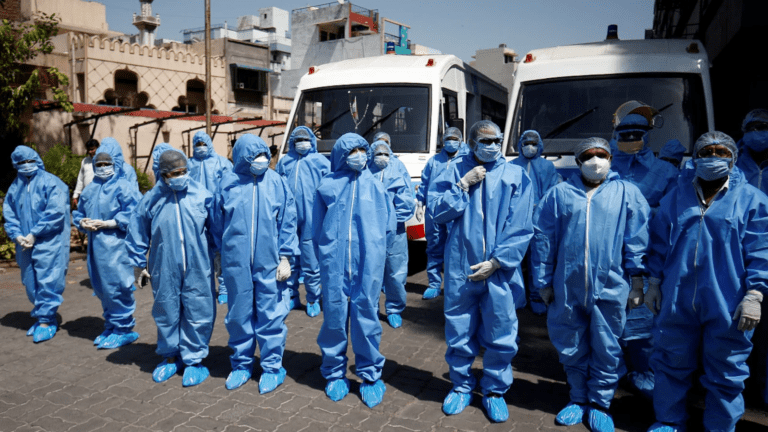The satellites constitute NASA’s SunRISE mission, focused on investigating the physics underlying the solar explosions generated by the Sun.
Contrary to the conventional approach of employing one or a few spacecraft, NASA’s Sun Radio Interferometer Space Experiment (SunRISE) is breaking new ground by deploying a squadron of six identical satellites, each comparable in size to a cereal box. This recent accomplishment marks the completion of the construction phase for these compact satellites, which are now entering a phase of storage as they await final testing and their imminent journey into space. The launch of SunRISE is slated to occur as a rideshare aboard a United Launch Alliance Vulcan rocket, facilitated by the United States Space Force’s Space Systems Command.

Once these six SmallSats are in orbit, they will collaboratively function as a unified, giant radio antenna in space. The primary mission objective is to delve into the intricacies of solar explosions occurring in the Sun’s atmosphere. This ambitious venture seeks to unravel essential insights that could, in the future, significantly contribute to fortifying the protection measures for astronauts and space hardware against the potentially hazardous impact of accelerated particles emanating from these solar events.
Jim Lux, the SunRISE project manager at NASA’s Jet Propulsion Laboratory in Southern California, expressed the significance of this achievement, stating, “This marks a significant milestone for the entire SunRISE team.” The project manager acknowledges the anticipated challenges inherent in venturing into unexplored territories, especially with the compact and diminutive nature of these space vehicles. Despite these challenges, Lux remains optimistic, emphasizing the effectiveness of the small yet cohesive team spanning multiple institutions and companies. He eagerly anticipates the day when the team will receive the inaugural images of the Sun captured in these distinctive radio wavelengths, showcasing the culmination of collaborative efforts and groundbreaking advancements in space exploration.
Additional Mission Details
SunRISE falls under the Mission of Opportunity category within the Heliophysics Division of NASA’s Science Mission Directorate (SMD). As part of the Explorers Program, overseen by NASA’s Goddard Space Flight Center in Greenbelt, Maryland, Missions of Opportunity aim to maximize scientific exploration by utilizing available resources. The leadership of SunRISE is under the guidance of Justin Kasper at the University of Michigan in Ann Arbor, and the mission is administered by NASA’s Jet Propulsion Laboratory (JPL) in Southern California, a division of Caltech in Pasadena, California. The construction of the SunRISE spacecraft is credited to Utah State University’s Space Dynamics Laboratory. JPL not only houses the mission operations center but also serves as the managerial hub for NASA in overseeing the SunRISE mission. This collaborative effort brings together expertise from various institutions and entities to ensure the success of this groundbreaking solar exploration mission.
Credits : NASA/JPL-Caltech























+ There are no comments
Add yours